Traditional vs. Digital Arts
3After 10 years of working as a graphic designer, it was quite a unique experience for me to have some time for traditional arts.
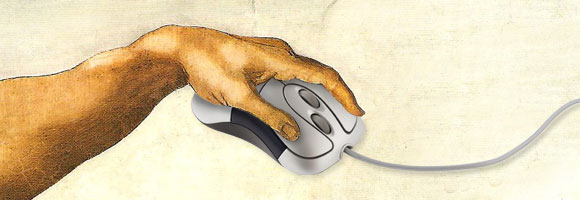
Persuaded by my wife and kids, I went to the stationary store and bought some art tools, such as oil, painting brushes and sculpting clay. It was not easy to hide my passion for art and love for the art tools and materials.
Traditional arts has a unique impact on the artist, even if he or she becomes a digital designer and leaves all these tools behind, like me.
Few days after this experience, I bought my Wacom Intuos4, which put me in a real dilemma about comparing digital and traditional arts.
While many people still do not believe that computer arts is a real art that is similar to painting and sculpture, computer graphics softwares and tools have been developed through the years to give more capabilities to artists to visualize their ideas in a digitalized way.
These people’s opinions remind me of the old days when cameras were first invented and how people criticized it, refusing to admit it was a new field of art. It is more like a fear of the new tool than simply rejecting it. Many artists think that new art methods, especially digital ones, can affect their business badly, which is wrong as we will see later.
Traditional arts
The term ‘traditional arts’ refers to fine arts that use the old methods for creating artwork, such as pens, brushes, clay and other tools. Although traditional arts has different techniques than digital arts, but in fact, the different forms of art are all related to each other by the same concept, which also involves digital arts.

Starry Night over the Rhone by Van Gogh
Art schools, such as surrealism, are not just found in fine arts and painting, it is a movement that has been extended to story writing, poems and music as well.
Traditional arts is marked bybb by the texture of the painting and the colors on the paper or canvas. Also, it is marked by a volume that you can touch and feel, such as sculptures.
This volume and texture allows the viewers to get involved in the artwork In different ways, such as looking at it and testing its texture with our hands.
Some new schools make traditional artwork methods more interesting by offering other experiences to the viewer, such as using light and sound in presenting the artwork.
Digital arts
Computer graphics have been developed a lot, especially by the end of the previous century. Graphics software companies are trying to give more capabilities to design and artists, through new features that enable them to visualize their ideas.
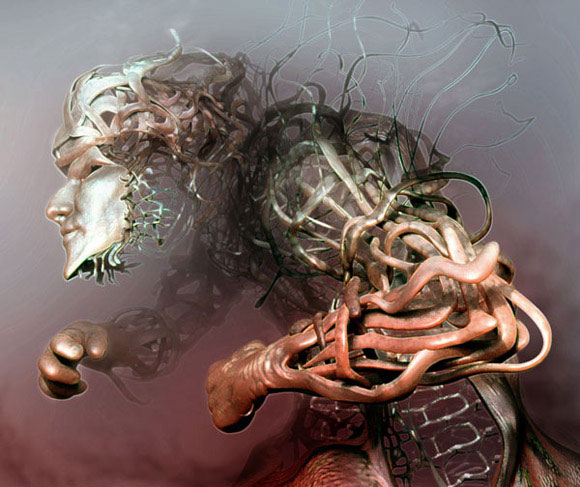
Digital surrealism by Meats Meier
You can easily notice this trend if you look at the latest updates in applications such as Adobe Photoshop and Illustrator. The new Mixed brush in Photoshop is made specifically to convert and create painting-like artwork easily.
Also, the new bristle brush in Illustrator tries to mimic a painting effect with vector graphics, which is resolution-free and easily to edit.
The digital art experience has also been extended to hardware, by tools that simulate the artist’s work on paper, such as Wacom tablets and Centiq. These new tools help artists to feel the same effect of a real pen and paper.
While digital arts does not provide the texture and volume that traditional arts does, at least for now, it is easy to edit and allows artists to use a huge number of effects and filters that can provide totally new creative experiences.
Are these are really competing arts?
Now the question is, do traditional and digital arts compete with each other? The answer is simply no. Digital arts, as its name suggests, is also a form of art, which, when used in graphic design or for commercial purposes, can be regarded as one of the applied arts. No one can claim that oil painting competes with watercolor drawing only because they both use brushes. They are different styles of art with different techniques.
Both traditional and digital arts are using the same art concepts, such as balance, color theory, harmony and contrast. However, digital arts is a natural extension of traditional arts due to the digital evolution in human civilization.
In an age when everything around us becomes digitalized, the arts are taking this step towards the digital world as well.
Do we need to know traditional arts to become a digital artist?
Since we concluded that digital arts is an extension of traditional arts, the question that may come to our minds is whether learning traditional arts is required to be able to learn digital arts?
As we mentioned earlier, digital arts is a form of traditional arts, such as painting, drawing and sculpture. However, it is not required to learn the craft of painting to become a good sculptor.
At the same time, you must have a basic knowledge of the concepts in fine arts about colors, shapes, balance… etc.
Also, basic drawing skills are very important to help you visualize your ideas and digitally paint them, using your favorite tool such as the Wacom tablet or Centiq.
What to choose as an art career
If you go through the history of the arts, you will find that each era prefers a specific form of art over another. For example, the renaissance era needed oil painters and sculptors to decorate squares and cathedrals.
Based on this rule, digital arts is most required in the digital world, because it is used in advertising, video and films, photo manipulation…etc.
This does not mean that the other forms of traditional arts are dead, because there will always be a demand for it, due to its volume and originality. For some artists, specific tools are preferred over others that help them express their feelings and creative ideas. So, it is a good idea to follow your feelings and use the tool that suits you best, be it a traditional or a digital one.
Conclusion
Finally, we can conclude from this article that digital arts is not living separately from other forms of traditional and applied arts. It is actually an extension of these arts that uses computer software and hardware as a tool for creating artwork.
It is very hard to compare these forms of art if you did not agree that they are actually part of each other and follow the same art concepts. However, they are not competing each other, and digital arts will not put an end to traditional art methods, because they simply complete each other.

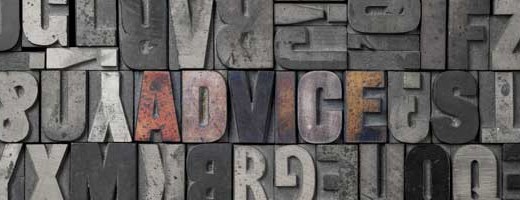
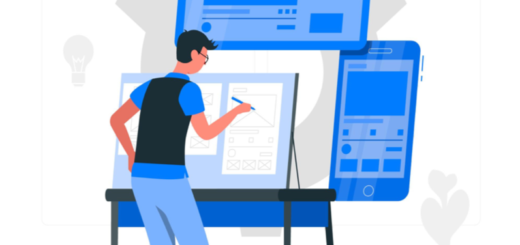

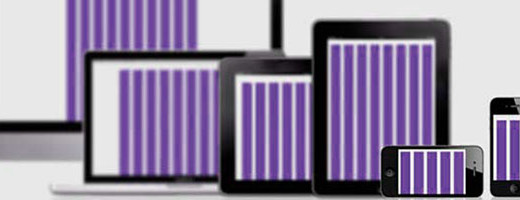
[…] Rafiq. Traditional vs. Digital Arts. 2011. Web <http://www.graphicmania.net/traditional-vs-digital-arts/ […]
[…] research I found some interesting input on the similarities of the two competing mediums. “Although traditional arts has different techniques than digital arts, but in fact, the different forms of […]
Thanks for the answer for my school exam